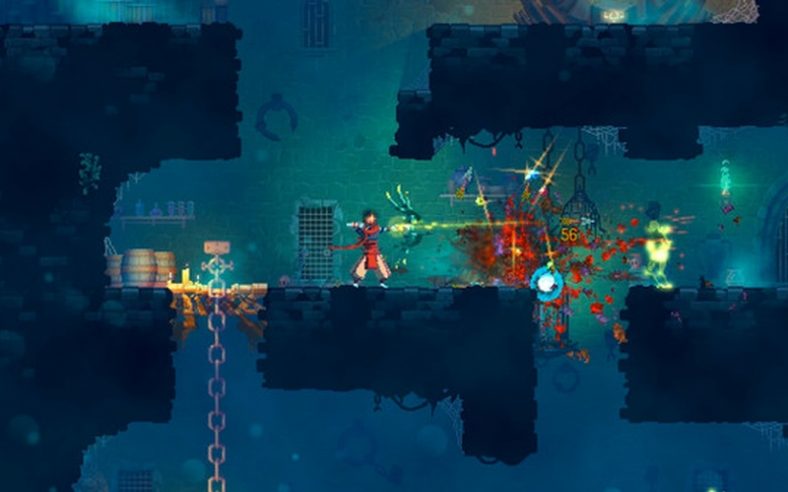

In part, the stem cells’ own progenies can become important niche components: while early short-lived progenitors can send transient activating cues back to their stem cell parents to fuel their self-renewal and boost tissue growth ( Blau et al., 2015 Hsu et al., 2014 Mondal et al., 2014 Porpiglia et al., 2017), differentiated progeny can home back to their niche to halt further proliferation and tissue regeneration and restore homeostasis ( Montarras et al., 2005 Sato et al., 2011 Yu and Scadden, 2016).

Regenerative signals, emanating either from a build up in crosstalk with niche factors or from marked environmental changes upon injury, alter stem cell behavior and disrupt the homeostatic equilibrium of the tissue. Understanding stem cell behaviors necessitates knowledge of their local environment or “niche.” Increasing evidence shows that whether quiescent or active, stem cells are not simple passive responders to their niches rather, they play an integral role in creating and communicating with their niches that envelope them. To guard against infection and heal wounds, the normal homeostatic cues-termed the “milieu interieur” in 1865 by Claude Bernard-must be overridden in ways that are still being determined. However, even largely quiescent stem cells, such as those of the muscle, can be mobilized into action when their tissue is injured. They are continual in blood, epidermis, and intestine, episodic in the hair follicle and lactating mammary gland, and limited in brain and muscle. The homeostatic requirements for cellular replacements are tissue and context specific. The work horses are stem cell-generated, short-lived progenitors that balance proliferation and differentiation, thereby maintaining tissue homeostasis. The molecular engines that drive this turnover are self-renewing tissue stem cells. Billions of cells are lost daily from our body’s tissues, which are in a perpetual state of flux throughout our lifetime.


 0 kommentar(er)
0 kommentar(er)
